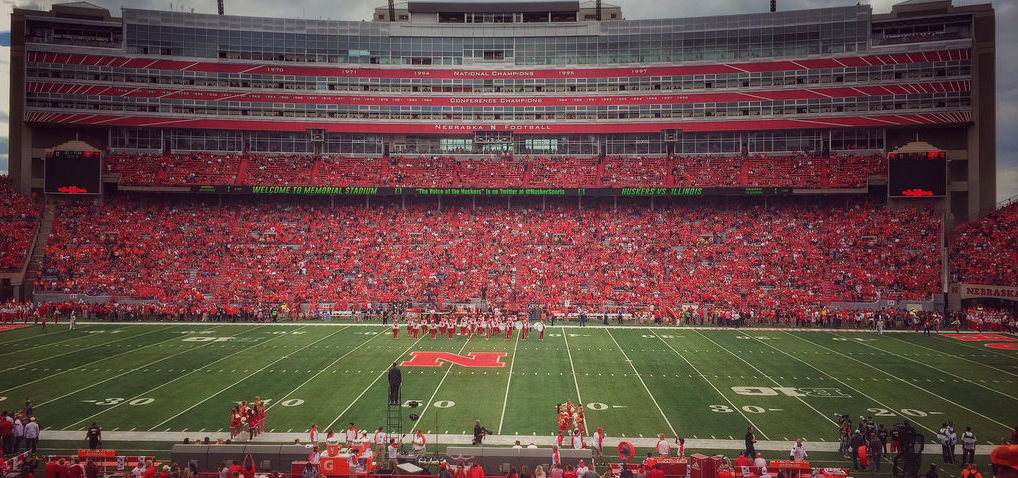Last week I introduced the RGT–Roles, Goals, and Tolls–Coaching method. As promised, today we’re going to cover the Roles element.
When teams learn and practice RGT, they see almost immediate results. It provides a common leadership (and followership) language and helps eliminate one of most companies’ biggest problems: poor communication.
It’s important to note that 95% of toxic managers aren’t. Maybe 5% are truly psychotic or dangerous to your organization, but the other 95% basically don’t know any better. Too often, a crisis results in team chaos and infighting because they don’t have a process they know well enough to deploy when they need it.
There are two roles in the RGT system: the Coach and the Doer (or team of Doers). Especially in America, the rock star Doer is typically promoted to manager. Unfortunately, being a great Doer doesn’t necessarily qualify them to manage people. And here’s where problems often arise. In a crisis, Doers tend to do what they do best: they do. If the rock star Doer/manager perceives that the team is floundering, they tend to jump in and micromanage, immediately disempowering the team. Nothing does more damage to morale in the workforce than having the manager take over. It’s invalidating, and it erodes trust.
This is especially true in a crisis or high-pressure situation, when things can go very wrong, very fast. Poorly trained managers just amplify the problem because they never learned a way to handle crises. The RGT method is all about having a way. And having a way—even a B-minus way—is better than not having any way at all.
Some of the greatest managers and leaders lead from principles that are simple, not complex. RGT is simple but powerful; with practice and repetition, it soon leads to mastery. My favorite example of this kind of leader is the legendary Nebraska Coach Tom Osborne. He is a legend in part for the simplicity of his approach, especially his approach to offense. For several years, Nebraska had the strongest offense in the NCAA. They’d run the same plays over and over to the point where my aging mother could predict what the next play was. Certainly, the team on the other side of the ball could predict the next play. You would think that would be fatal, but it wasn’t because the Cornhuskers had rehearsed and mastered every nuance of the simplest plays. They were unstoppable.
The same principle applies to the RGT method. The more opportunity you have to practice using RGT, the easier and more natural the method becomes.
Role of Coach:
- goal setter
- resource provider (money, time, etc.)
- consultant (NOT problem-solver)
- cheerleader
- definitely NOT Doer
The Coach is a promoter of autonomy, mastery, and purpose.
Role of Doer:
- responsible for coming up with ideas
- execution
- accountable for all work product, quality, budget, timeline, etc.
The Doer comes to the Coach with solutions, not problems.
So that’s the nutshell version of the Roles component. Next week we will cover Goals. In the meantime, if you just can’t wait till next week, or if you want to know more about the Roles piece, send me an email at Scott@doubledareyou.us, and we can set up a time to talk.
photo credit: vwcampin Huskers @Memorial Stadium – Lincoln, NE via photopin (license)



